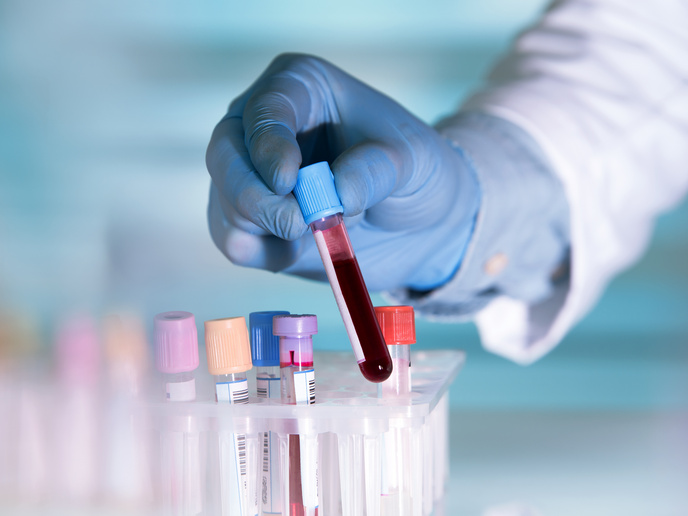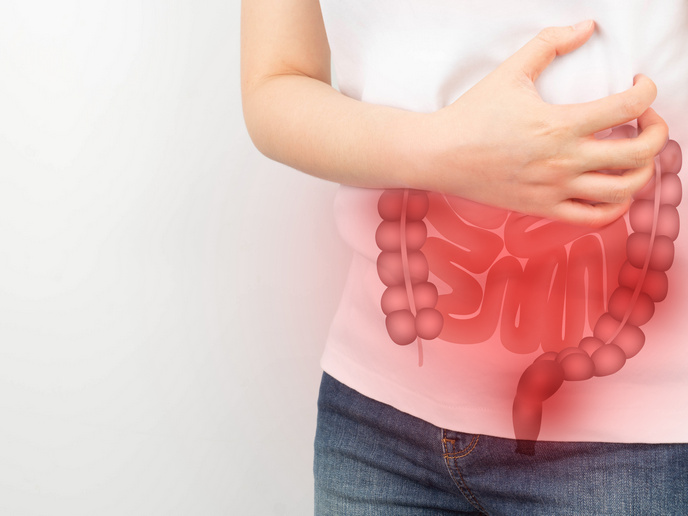On guidance mechanism for cell migration
How a cell moves has been well studied in tissue cultures. Yet, how cells interact with the environment in whole living organisms, and how these complex interactions shape their behaviour are less well understood. The EU-funded GMCM (Guidance mechanisms of cell migration) project addressed this knowledge gap using primordial germ cells (PGC) in fruit fly embryos as a model system to investigate single cell motility and guidance. PGCs are fundamental cells in all animals. Fertility and maintenance of the species depend upon egg and sperm production, which in turn, depend upon the association of PGC with somatic cells of the gonad. Hence, a study of PGC migration during an organism’s development enabled scientists to probe single cell migration and what regulates fertility. Previous studies have shown that PGC guidance to the somatic gonad is governed by the production of a lipid modified (prenylated) chemoattractant. This was modified by the prenyl protease Dste24 and exported by an ABC transporter (Mdr49) expressed in the somatic gonad. The project therefore used PGCs as a model system to understand single cell motility and guidance during migratory cell interactions with the tissue environment in vivo. In addition, scientists investigated the role of the conserved class of ABC transporter, Multi Drug Resistance (Mdr), in cell migration and identified the ste24/mdr dependent prenylated substrates. Researchers used live imaging to track a large number of PGCs to create a three-dimensional map of PGC movement. This showed that PGCs migrate as individual units, but form three subsets with distinct success in forming the gonad. GMCM successfully identified the PGC prenylated attractant and began work aimed at identifying ste24/hmgcr dependent prenylome, using two-step chemical labelling technology. This will improve our understanding of how cells act in the body of an animal, whether they are fruit flies or humans.







